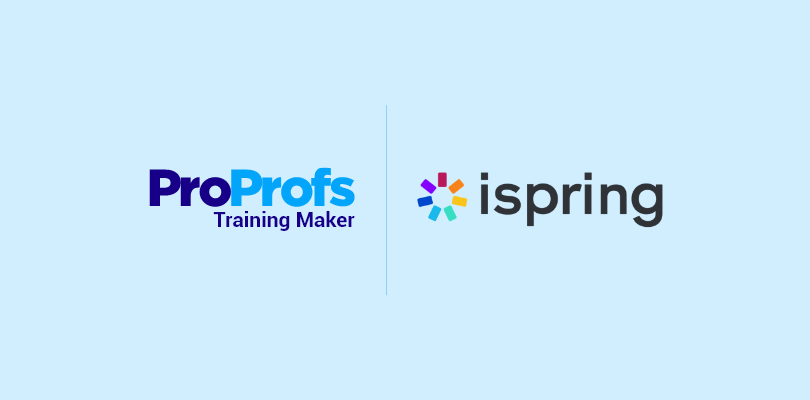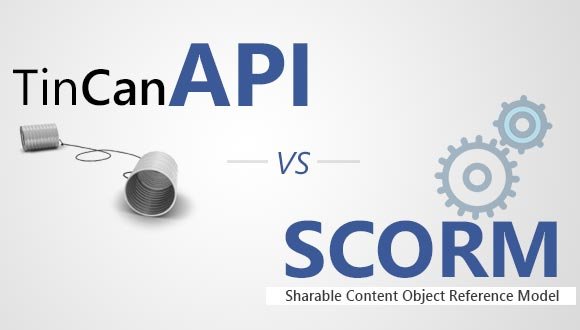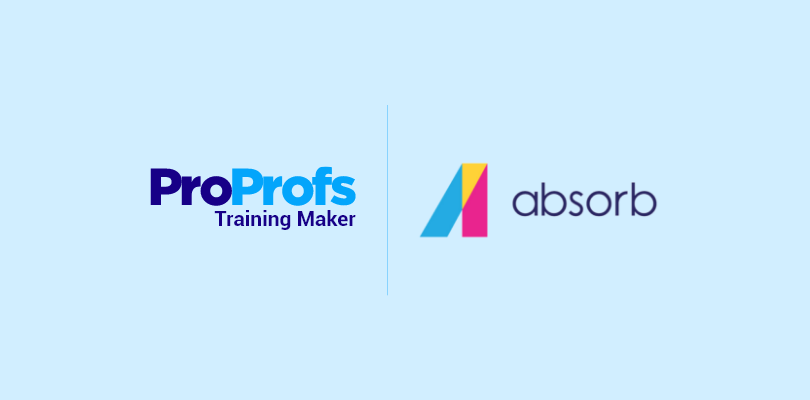
The need for effective online training solutions has never been greater. Learning management systems (LMS) play a crucial role in this. They offer tools to create, manage, and track training programs. But with so many options, where do you start?
I will help you with that. Here’s a list of the best LMS examples for 2024. These systems stand out for their features, usability, and impact on learning outcomes.
Ready to find the ideal LMS for your needs? Let’s do this together!
What Is an LMS?
An LMS, or learning management system, is a software application used to create, manage, deliver, and analyze online courses and assessments for education or training. It helps track and monitor learners’ progress, manage course content, and facilitate communication between instructors and learners.
List of Examples of LMS
After extensive research, I have created this list of the best examples of LMS systems based on the unique needs they servande across various industries.
I hope you find an LMS that suits your requirements and enhances your training programs.
1. ProProfs Training Maker – Best LMS Example for Corporate Training
ProProfs Training Maker excels as a top LMS for employee training. It offers businesses a hassle-free way to develop and deliver training programs. For me, it’s the top example of LMS as you can create courses quickly without technical expertise. Their entire library of hundreds of premium courses can help with quick course creation and save you valuable time.
The platform provides robust tracking and reporting for businesses. Managers can easily monitor employee progress, completion rates, and performance. This helps identify areas for improvement and ensure everyone meets the required standards.
Furthermore, I like its white-labeling features as you can easily customize the course pages with your branding elements like logo and color. There’s a virtual classroom where instructors can share courses and manage all learning activities under a single platform.
This versatile tool caters to multiple industries, such as manufacturing, NGO, healthcare, and construction. Once your learners complete a course, you can hand out certificates, ensuring they receive official recognition for their achievements.
What you will like:
- Has the ability to simplify course management and organization.
- The user interface is straightforward, which makes navigation easy for instructors and learners.
- Allows learning on the go, which provides flexibility.
- The game-like elements make the learning process more engaging and enjoyable.
- Supports various content formats, such as videos, PDFs, and presentations.
What you may not like:
- The free version, though suitable for startups and micro-businesses, supports only 10 learners.
- Adding a dark mode option would improve the user experience.
Pricing:
Forever free for small teams. Paid plan starts at $1.97/active learner/month for large teams. 15-day money-back guarantee. No hidden charges.
2. Schoology- Top LMS Example for K-12 Education
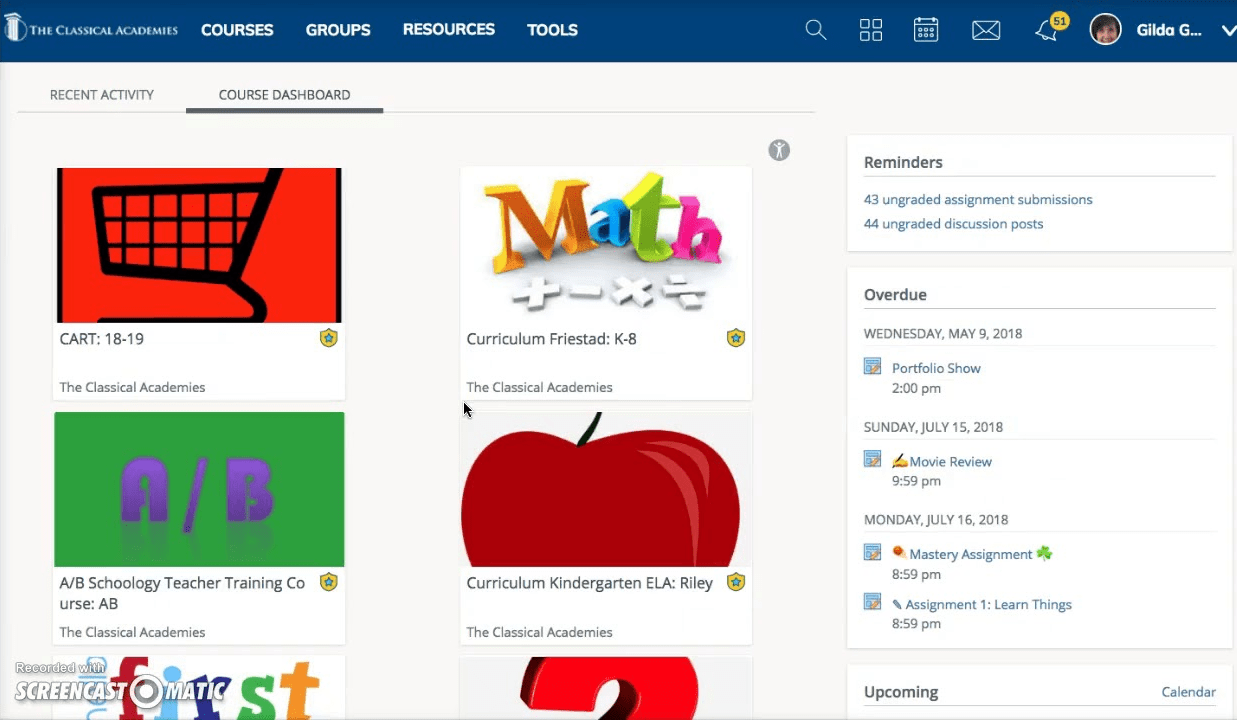
Schoology is a top-tier LMS designed for K-12 education. It combines learning management, assessment, and professional development tools into a user-friendly interface. Schoology mirrors the traditional classroom experience and offers robust course management features, helping educators create, manage, and distribute academic content easily. Its advanced assessment tools support various evaluation methods, such as quizzes and assignments, catering to diverse learning styles.
Schoology also promotes collaboration and communication within the educational community. It includes interactive tools for group discussions, projects, and peer interactions, enhancing the social aspect of learning.
The highly customizable platform allows schools to adjust it to their specific needs. With its parent portal, families stay informed about their children’s progress, linking home and school. Schoology’s focus on creating a centralized hub for personalized teaching and learning makes it an ideal model for K -12 education systems globally.
What you will like:
- Supports strong collaboration, allowing instructors and learners to communicate easily.
- It includes a social networking feature, enabling discussions, idea sharing, and group activities.
- Students can track assignments and due dates with the new To-Do List feature
What you may not like:
- The need to create, edit, and grade assessments exclusively on the web can be limiting.
- The color-coding and folder structure can be less effective compared to other platforms.
- The interface for setting up and managing grading groups can be cumbersome.
Pricing:
Custom pricing
3. HealthStream – Top LMS Example for Healthcare
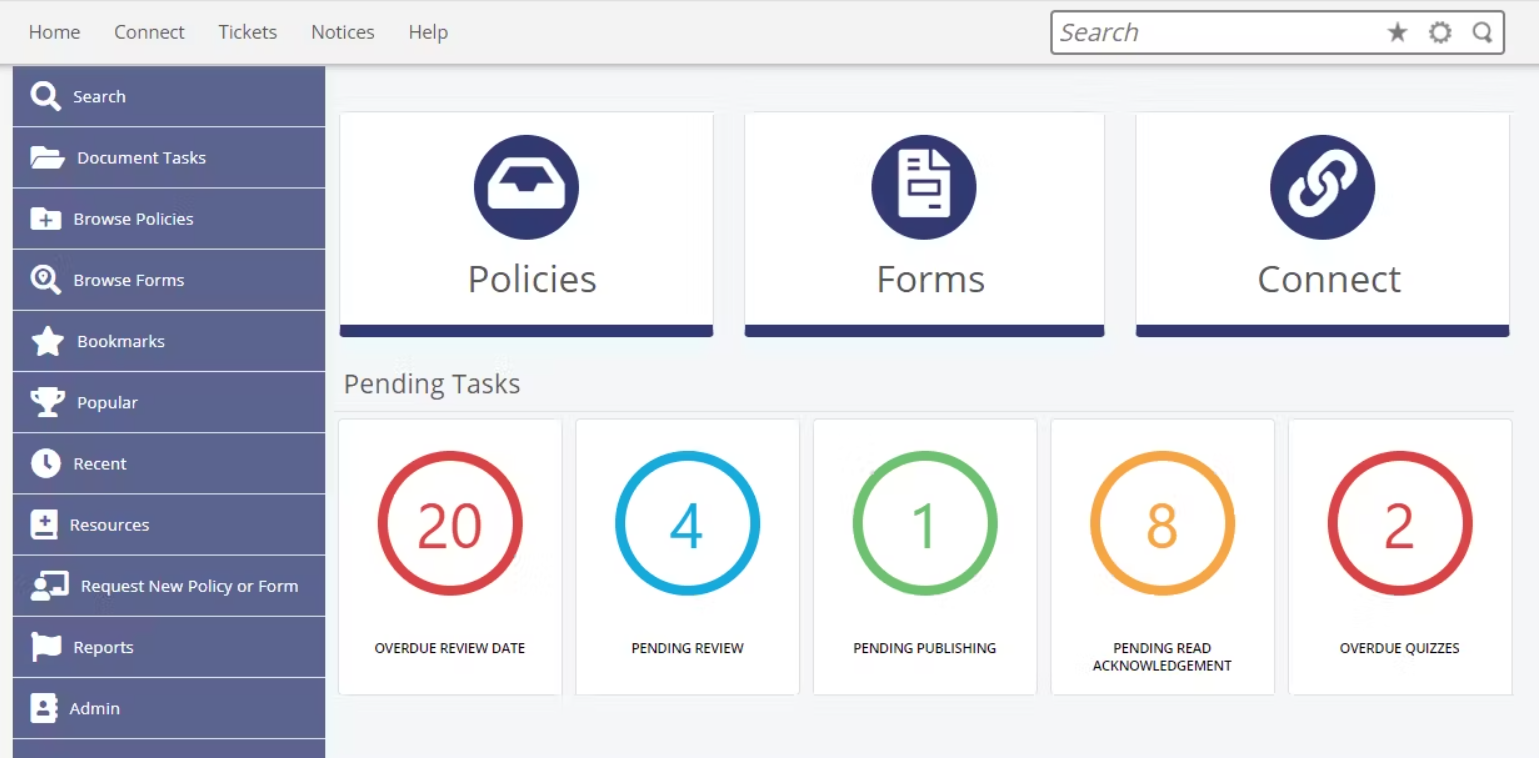
Complying with mandatory training requirements like HIPAA and OSHA can be a significant administrative burden in the busy healthcare industry. Here, HealthStream can help. Its customizable platform manages and develops healthcare staff, ensuring top-notch patient care.
As one of the best examples of learning management systems, it automates learning assignments, supports better outcomes, and offers personalized learning paths. This helps meet compliance requirements and addresses each learner’s knowledge gaps. Furthermore, this tool is best for video learning and it makes healthcare training easy by letting you create and share high-quality videos. This tool keeps learners engaged, helps with quick onboarding, and allows for customized training.
HealthStream’s focus on continuous learning is clear through its partnerships with industry leaders. It provides a vast library of resources for healthcare training and integrates directly with hospital information systems for smooth adoption.
What you will like:
- Users can easily cycle through lessons, track progress, and view certificates after completing courses.
- It provides good support for small organizations with simple learning needs.
- The platform includes BLS/ACLS renewal, patient safety, and clinical content.
What you may not like:
- The cost might be a concern for budget-conscious organizations
- The reporting functions might not meet the needs of all organizations, especially those requiring detailed analytics.
Pricing:
Custom pricing
4. Edmingle – Top LMS Example for Manufacturing & Production
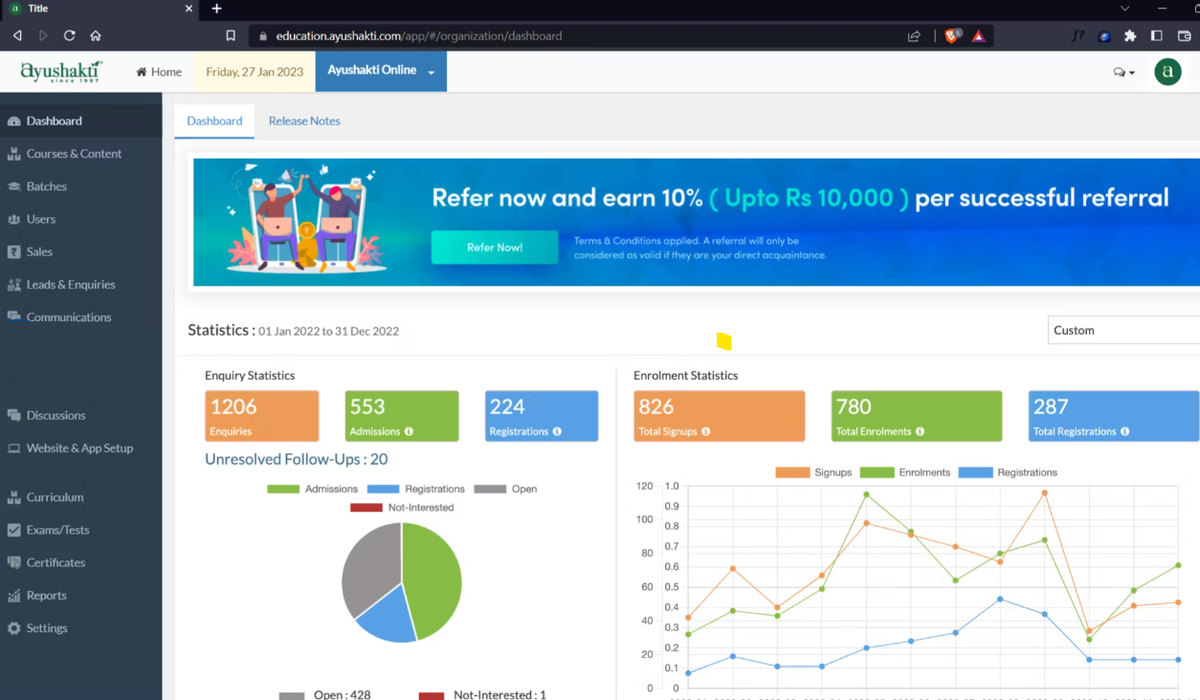
Manufacturing thrives on efficiency and continuous improvement. However, keeping your workforce trained on the latest methods and optimizing processes can be a constant challenge. Edmingle LMS tackles this head-on and provides a robust platform for upskilling your employees and streamlining operations. Edmingle helps you stay ahead of the curve in today’s demanding manufacturing environment.
Edmingle excels with its AI-powered analytics, providing real-time insights into learners, courses, and assessments. It simplifies online and offline course management, delivering comprehensive reports and a seamless learning experience, all on a single platform. With Edmingle, you can update your employees with the latest operational standards, techniques, and safety protocols.
Edmingle excels with its user-friendly interface, exceptional customer support, and comprehensive features that meet the unique needs of manufacturing companies. It offers customizable course creation, real-time tracking, and interactive learning modules. This tool can reduce operational costs by up to 20%, which ensures my company keeps up and leads in the competitive global market.
What you will like:
- Managing content is straightforward and easy.
- As a cloud-based platform, it allows access from anywhere, anytime.
- The system can handle growth in users or course content.
What you may not like:
- Users cannot create question papers directly on the LMS.
- The application requires disabling developer options, which can confuse some users.
- Users face difficulties generating reports.
Pricing:
Starts at $42.06/year
5. Absorb LMS – Best LMS Example for Retail & Sales
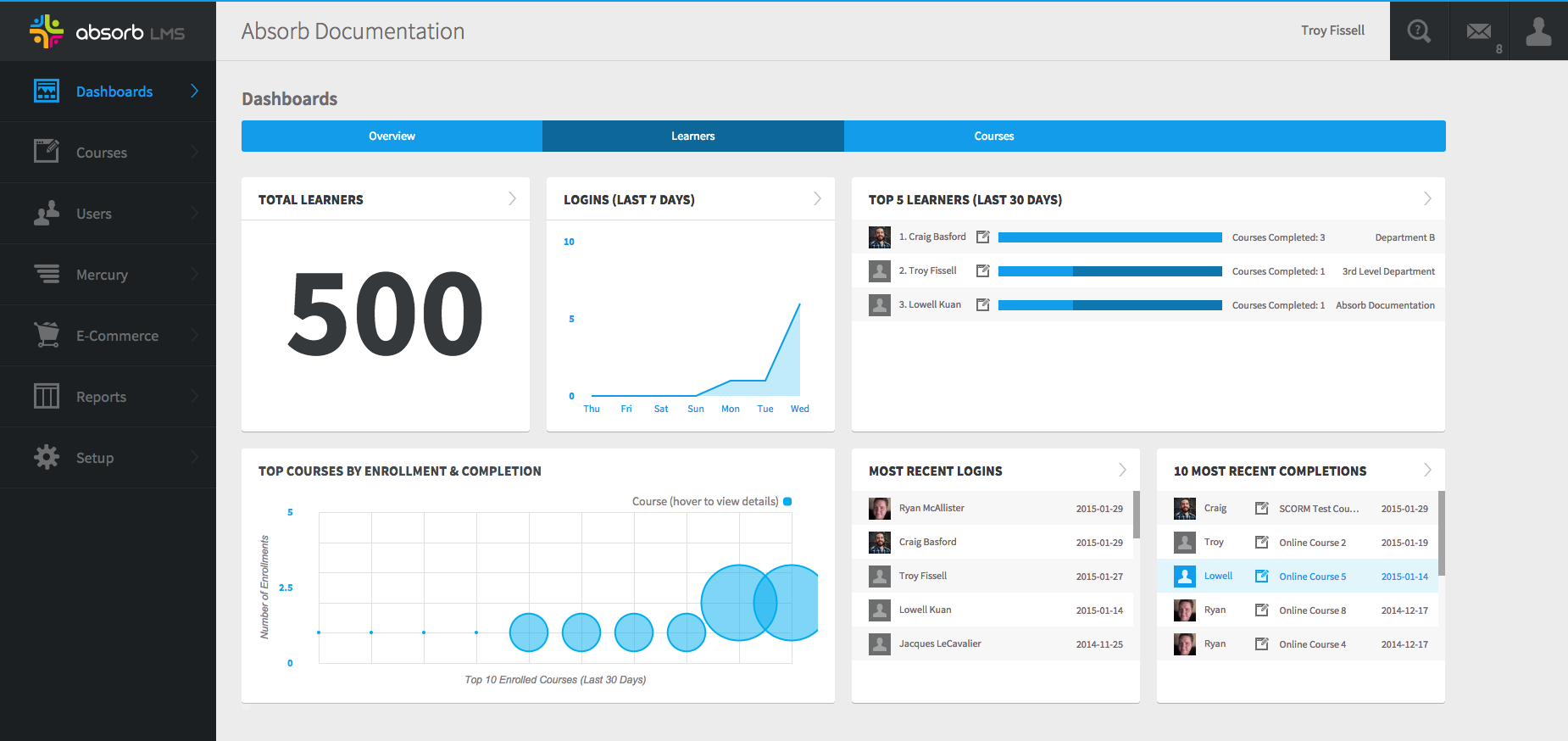
Absorb LMS offers an exceptional training solution for retail businesses. This software goes beyond traditional methods that address complex business challenges like high turnover and the need for rapid onboarding. With Absorb LMS, retail companies can quickly bring seasonal and new employees up to speed.
Being one of the top learning management systems examples, the platform transforms in-person training into digital learning, saving time and money. It provides clear onboarding by assigning relevant courses to each role, making updates easy, and ensuring regulatory compliance. The collaborative social learning tools foster a strong company culture, keeping employees engaged and connected.
Absorb LMS adapts to the unique needs of retail stores with flexible training solutions that fit busy work schedules. It enables on-the-job training through observation checklists, ensuring employees develop the necessary skills and knowledge. Employees gain product knowledge and customer relations expertise with eLearning tailored for retail.
What you will like:
- It supports e-commerce, which benefits organizations looking to monetize their courses.
- It caters well to the needs of both small and large organizations.
- The system integrates well with other software, expanding its functionality.
What you may not like:
- Users have reported difficulties in managing assessments within courses.
- Challenges have been reported in managing blended learning
- Some users have faced issues with how Absorb LMS syncs with other systems like BambooHR.
Pricing:
Custom pricing
6. eFront LMS – Top LMS Example for Non-Profit Organizations

NGOs are on the front lines of social change, but even superheroes need a powerful toolkit. eFront, the versatile LMS, provides comprehensive training to empower your non-profit and streamline your programs. With its robust features, eFront offers a scalable platform that can adapt to non-profits’ complex and varied needs.
It provides a secure environment for managing content, tracking learner progress, and delivering impactful training sessions. The advanced configuration allows organizations to tailor their learning ecosystem to fit their unique requirements, whether for employee onboarding, compliance training, or professional development.
For non-profits, eFront presents an opportunity to overcome budgetary constraints while maximizing the reach and effectiveness of their training initiatives. The platform’s ability to support various training scenarios, including volunteer education and community outreach, makes it a powerful tool for driving social change.
What you will like:
- Adaptable to diverse user types and data collection needs.
- User-friendly interface simplifies adoption for new users.
- Robust security features like 2FA and Okta integration ensure data protection.
What you may not like:
- Initial setup might require some technical expertise, especially for content import.
- Extensive portal customization and content upload/installation may pose challenges for non-technical users.
- The absence of a pre-built validation dossier in the pharma industry means companies need to create their own.
Pricing:
Starts at $ 1,200/month
7. Docebo – Top LMS Example for Government
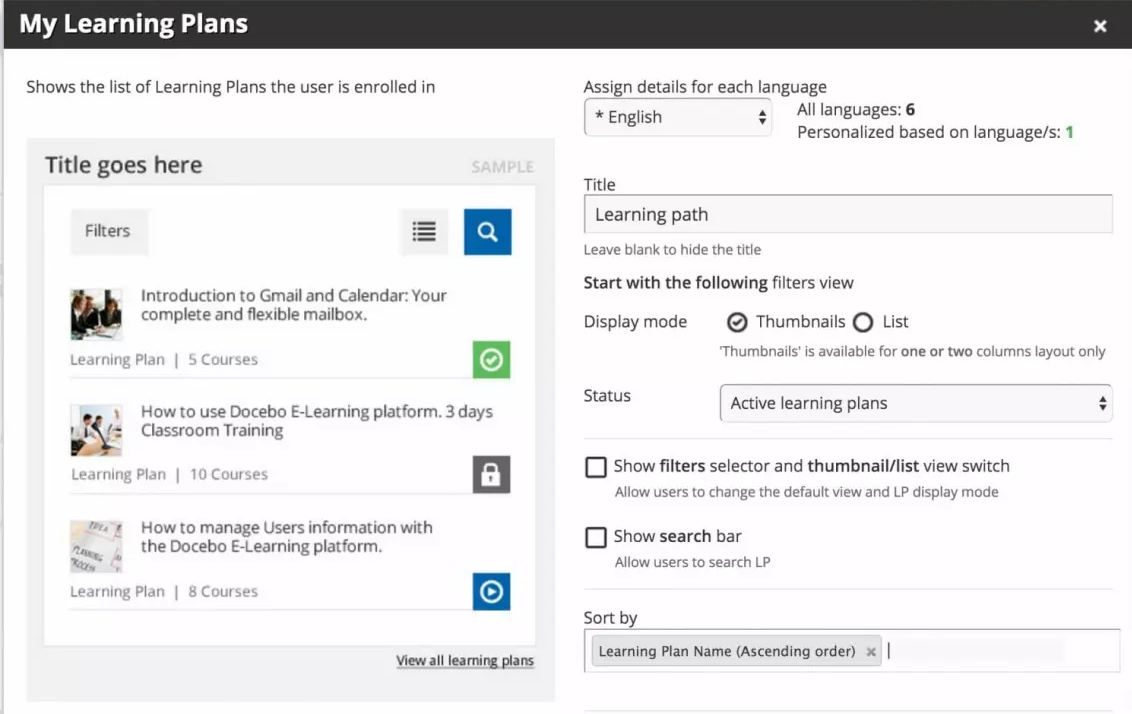
Tired of clunky training that leaves your government employees feeling lost and unmotivated? Docebo can transform your learning experience. It delivers stable, secure, and intuitive learning experiences tailored to the public sector’s needs.
Government training demands a system that handles sensitive information securely while remaining accessible to all users. Docebo’s trusted and effective platform offers features that support continuous learning and development for the government workforce.
Docebo’s AI-powered learning capabilities personalize each user’s experience, addressing the skill gaps reported by 70% of public sector employees. Its commitment to compliance training helps government agencies exceed standards and reduce risk. Robust reporting tools facilitate learning and provide analytics to measure the impact of training initiatives.
What you will like:
- It boasts support in 30 languages, perfect for global companies.
- Managing your training programs is a breeze with Docebo’s intuitive admin console.
- Offers a range of features, including gamification, e-commerce, and blended learning.
What you may not like:
- Uploading large volumes of courses can be clunky.
- Integrating web conferencing tools might require additional effort.
- The cost might be a hurdle for smaller organizations as Docebo caters more to mid-sized and larger companies.
Pricing:
Starts at $25,000/year
8. Tovuti – Top LMS Example For Finance & Banking

If you are looking for the best LMS examples for financial training, look no further than Tovuti LMS. Financial services are a fast-paced world that demands a skilled and agile workforce. Tovuti LMS is explicitly designed to meet the challenges of the finance industry. It helps mitigate risk with standardized training that reduces errors and fraud.
New regulations? No problem! Tovuti simplifies compliance training, ensuring your team stays ahead of the curve. Plus, it gets everyone up to speed quickly with engaging courses, saving you time and money on onboarding. Tovuti goes beyond the basics, too. Its comprehensive support of blended learning facilitates both live and self-paced educational experiences.
This tool offers a library of pre-built courses to jumpstart your programs and lets your team learn on the go with a mobile app. It even informs you with detailed reports and automates tasks like re-certification reminders. With Tovuti LMS, you can build a skilled, compliant, and agile workforce that thrives in today’s competitive environment.
What you will like:
- Create engaging learning experiences with multimedia content and built-in authoring tools.
- Sell courses and training programs directly through the platform.
- Manage your website content and learning materials within the same platform.
What you may not like:
- Assessments are limited to multiple-choice questions.
- The quiz functionality may not meet the needs of advanced users.
- The community feature is limited, impacting user engagement and collaboration.
Pricing:
Custom pricing
9. Learning Lab – Top LMS Example For Hospitality & Tourism
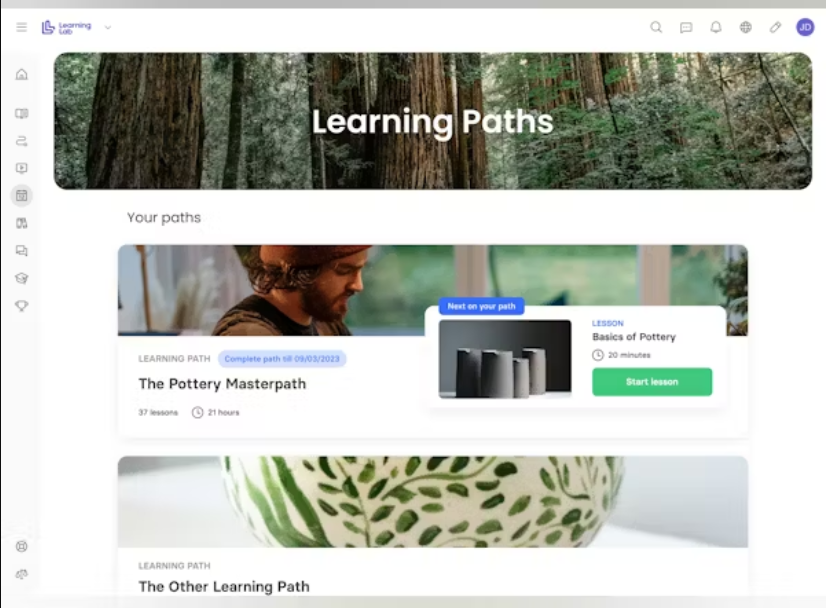
Technological advancements are reshaping staff training in the hospitality and tourism industry. Learning Lab delivers customized training programs suited for the visual and interactive environments of hospitality and tourism. Key features include an authoring tool, video-based learning, virtual classes, messaging, branding, custom layouts, assessments, learning paths, and mobile capabilities.
The platform ensures improved guest satisfaction scores by integrating real-time communication and consistent training. As one of the top examples of learning management systems, the tool supports various types of assessments, quizzes, and certifications, making it a comprehensive solution for training in the hospitality and tourism industry.
The platform integrates various tools, such as assessment and reporting, to enable instant performance reviews and customizable assessments. This reduces training costs and boosts job satisfaction, which makes it an invaluable asset for any hospitality and tourism business.
What you will like:
- The platform constantly evolves, with new features and elements regularly added.
- Prioritizes user experience (UX) and allows for high customization to fit your specific needs.
- Boasts a user-friendly authoring tool that makes content creation and translation a breeze.
What you may not like:
- As a recent entrant in the LMS market, it is still working to match some functionalities of more established platforms.
- Some users find the gamification tools a bit cumbersome, likely because they are new and still being developed.
- Users might initially struggle to create new content from scratch.
Pricing:
Starts at $944.13/month
10. Moodle – Top Open-Source LMS Example
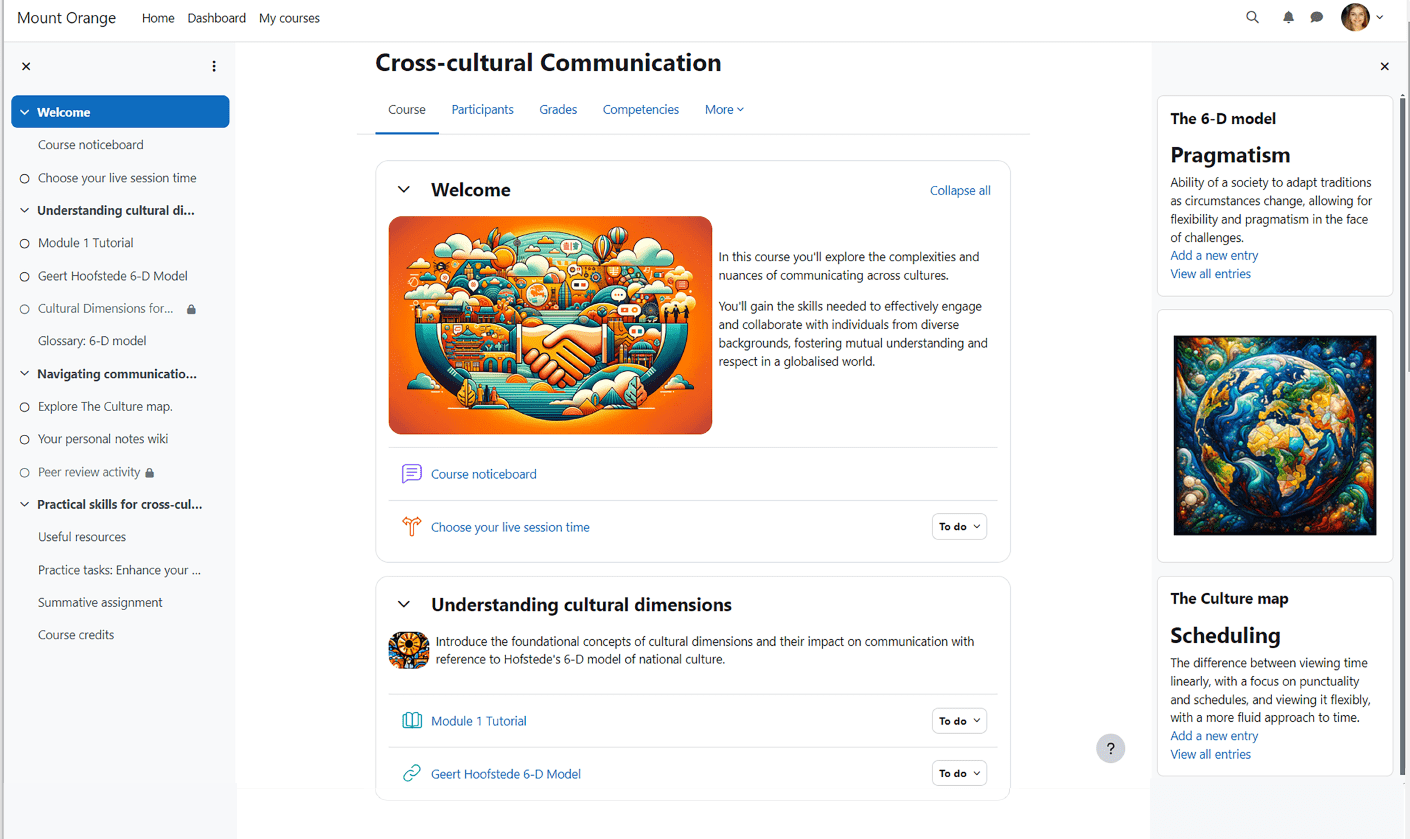
Moodle is an ideal example of an open-source LMS that has transformed educational content delivery and access globally. Designed to be secure and integrated, Moodle provides educators, administrators, and learners with a platform to create personalized learning environments. The tool follows principles of social constructionist pedagogy and offers a suite of learner-centric tools that support collaborative learning and teaching flexibility.
Moodle adapts to various educational scenarios, from traditional classrooms to distance education and professional training. The platform is highly customizable, with community-sourced plugins and themes that enable users to tailor their experience to specific needs.
As free software under the GNU General Public License, Moodle emphasizes accessibility and inclusivity. It supports multiple languages and conforms to WCAG 2.1 Level AA standards. Users can download the software for self-hosting, opt for a MoodleCloud site, or partner with certified service providers for flexible implementation options.
What you will like:
- Access to over 1,500 community-contributed plugins.
- Works well for blended learning, distance education, and other e-learning projects.
- Supports various content formats and effective communication tools.
What you may not like:
- Dependence on third-party plugins may introduce security and stability concerns.
- Maintaining performance can be challenging as the number of users grows.
- The default interface may not meet modern design standards.
Pricing:
Custom pricing
Evaluation Criteria
The evaluation of products or tools chosen for this article follows an unbiased, systematic approach that ensures a fair, insightful, and well-rounded review. This method employs six key factors:
- User Reviews / Ratings: Direct experiences from users, including ratings and feedback from reputable sites, provide a ground-level perspective. This feedback is critical in understanding overall satisfaction and potential problems.
- Essential Features & Functionality: The value of a product is ascertained by its core features and overall functionality. Through an in-depth exploration of these aspects, the practical usefulness and effectiveness of the tools are carefully evaluated.
- Ease of Use: The user-friendliness of a product or service is assessed, focusing on the design, interface, and navigation. This ensures a positive experience for users of all levels of expertise.
- Customer Support: The quality of customer support is examined, taking into account its efficiency and how well it supports users in different phases – setting up, addressing concerns, and resolving operational issues.
- Value for Money: Value for money is evaluated by comparing the quality, performance, and features. The goal is to help the reader understand whether they would be getting their money’s worth.
- Personal Experience / Experts’ Opinions: This part of the evaluation criteria draws insightful observations from the personal experience of the writer and the opinions of industry experts.
 Expert Q&A
Expert Q&A
Trusted by +5 Million Users Globally
Have a question about this topic? Get expert insights to simplify your decision-making.
FREE. All Features. FOREVER!
Try our Forever FREE account with all premium features!
 Thanks for your feedback!
Thanks for your feedback!

 We'd love your feedback!
We'd love your feedback!
